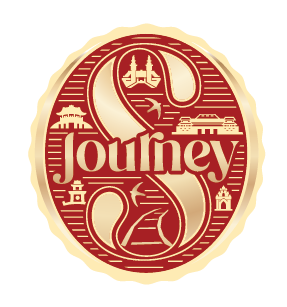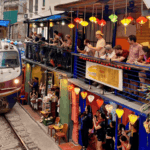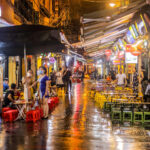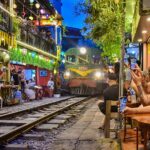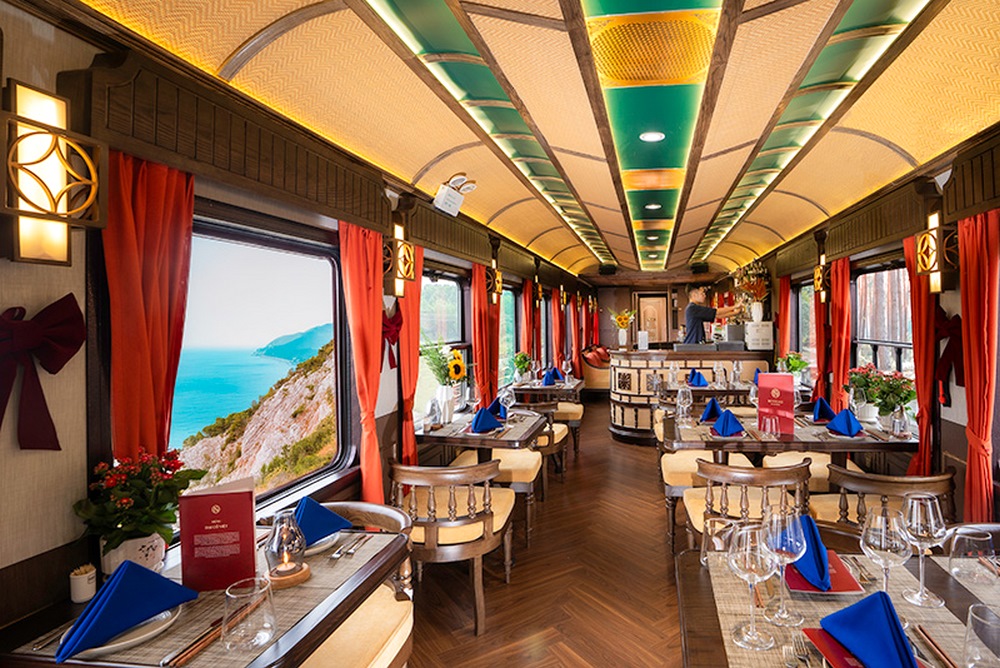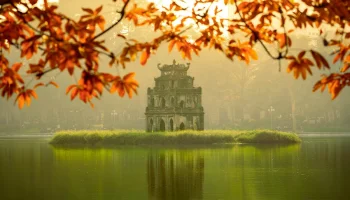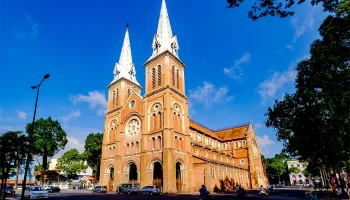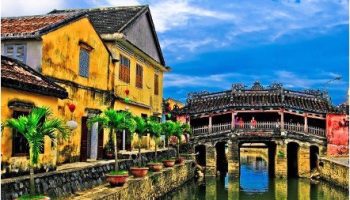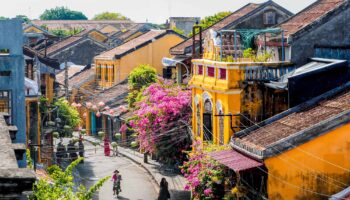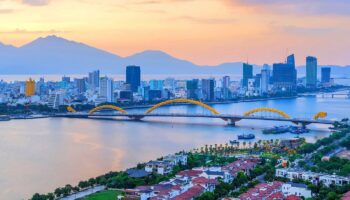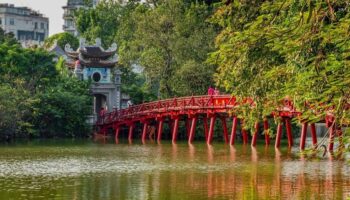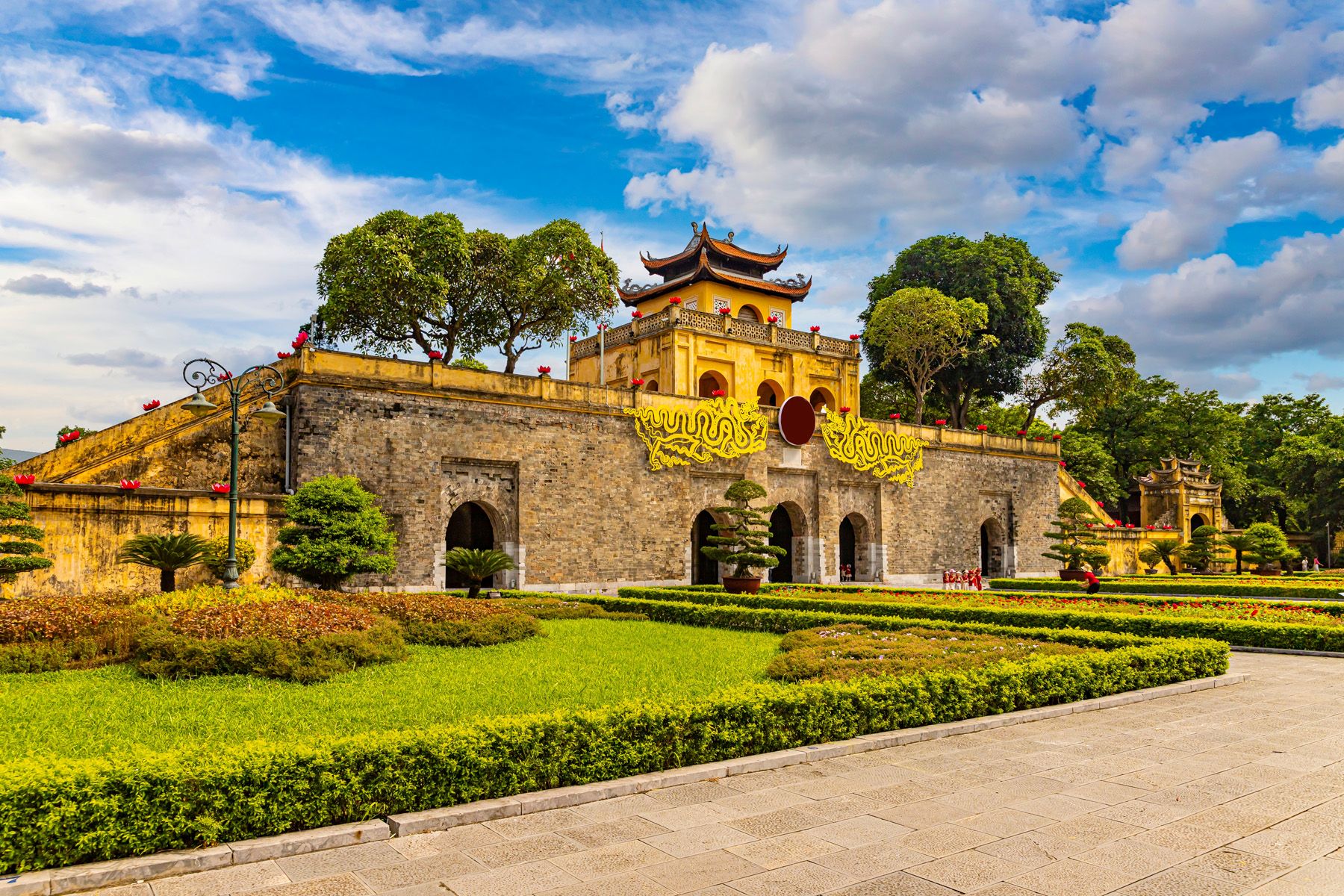
Exploring 7 Architectures in the Imperial Citadel of Thang Long
The Imperial Citadel of Thang Long in Hanoi is a significant historical site reflecting Vietnam’s royal and revolutionary heritage. The site boasts important archaeological discoveries that shed light on ancient Vietnamese life. Visitors can explore these attractions through guided tours and cultural activities, gaining a deep insight into Vietnam’s history and cultural legacy.
Table of Contents
ToggleI. Why is the Imperial Citadel of Thang Long so popular for tourists?
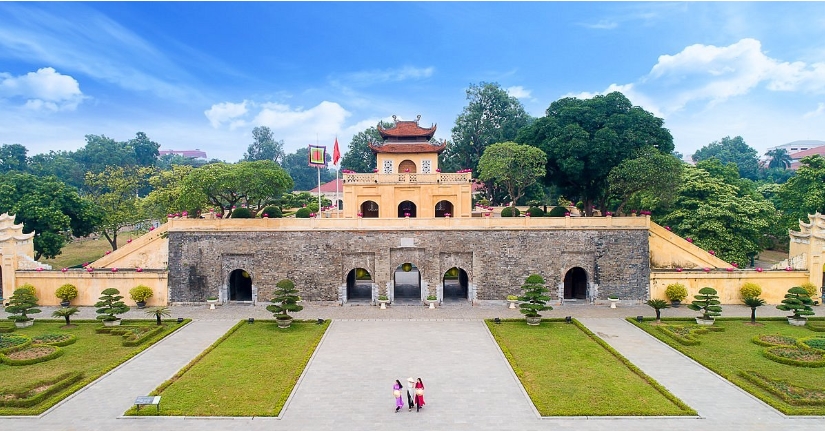
The Imperial Citadel of Thang Long has historical and cultural significance
The Imperial Citadel of Thang Long is a popular tourist destination due to its rich historical and cultural significance. Here’s a more detailed breakdown:
1.1 Historical Significance
Ancient Capital: The Citadel was the political and military hub of Vietnam for over 1,000 years. It served as the seat of power for various dynasties, including the Ly, Tran, and Le.
UNESCO World Heritage Site: In 2010, the Citadel was recognized as a UNESCO World Heritage Site. This designation highlights its global importance and preserves its legacy for future generations.
Archaeological Discoveries: The site contains layers of ancient artifacts, from foundations of palaces to relics from different periods. These findings offer a glimpse into Vietnam’s long history.
Historical Architecture: Visitors can see remnants of ancient structures, including the Hanoi Flag Tower and the Doan Mon Gate, which showcase the architectural styles of different eras.
1.2 Cultural Values

The Citadel hosts traditional festivals, ceremonies, and cultural events
Symbol of Vietnamese Heritage: The Citadel represents the enduring spirit and cultural heritage of the Vietnamese people. It has been a witness to the country’s development and struggles for independence.
Festivals and Events: The Citadel hosts traditional festivals, ceremonies, and cultural events throughout the year. These events provide visitors with a deeper understanding of Vietnamese customs and traditions.
Cultural Exchange: The site serves as a cultural exchange hub, where visitors can learn about the influences of various dynasties and external cultures on Vietnamese art, architecture, and traditions.
Preservation of History: Efforts to preserve and restore the Citadel ensure that the cultural values and historical narratives are passed down to future generations, making it an essential stop for anyone interested in Vietnam’s past.
These factors make the Imperial Citadel of Thang Long a must-visit destination for tourists who want to explore Vietnam’s rich history and cultural heritage.
II. What can you explore in the Imperial Citadel of Thang Long?
2.1 The main gate (Doan Mon)
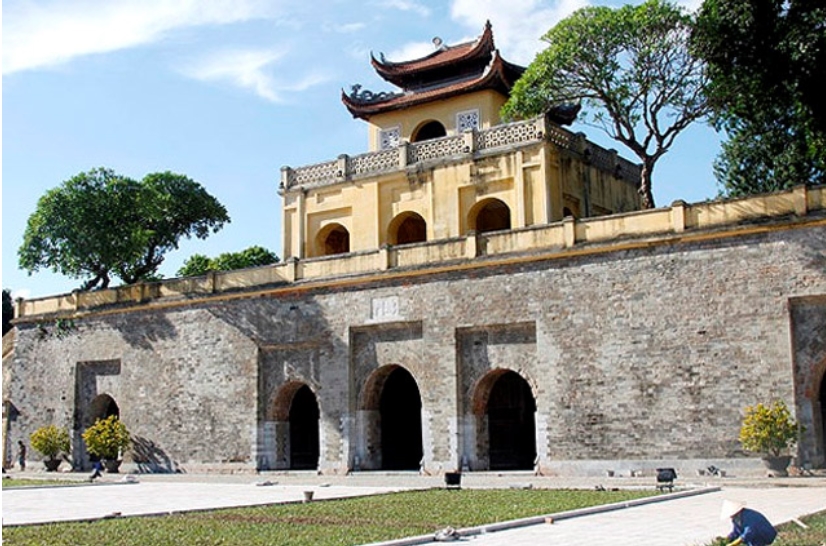
The gate is decorated with traditional Vietnamese symbols
The Doan Mon gate is the main entrance to the Imperial Citadel of Thang Long and holds significant historical and cultural importance.
Built with strong brick and stone, the gate features three arches—the central one being the largest and reserved for the emperor, while the smaller side arches were used by other members of the royal family.
The gate is decorated with traditional Vietnamese symbols like dragons and lotus flowers, representing power and purity. Over the centuries, Doan Mon has witnessed numerous historical events, including royal ceremonies and military parades, serving as a key entry point for the emperor and the royal court.
Today, it stands as a symbol of Vietnam’s imperial power and is a well-preserved cultural heritage site that attracts many visitors. The gate is not only admired for its architectural beauty but also for its role in Vietnam’s royal history, making it a popular tourist attraction and a venue for cultural events that celebrate the country’s rich past.
2.2 Northern gate (Cua Bac)
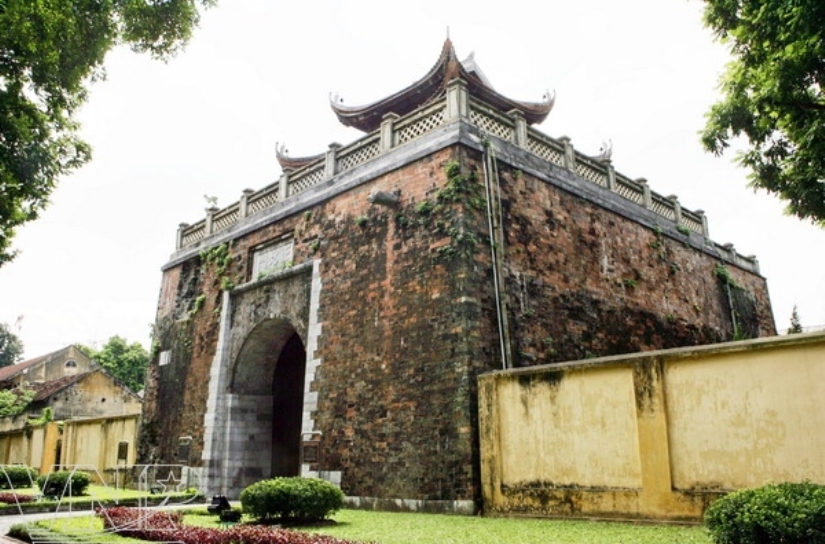
This gate positioned strategically on the citadel’s northern side
The Northern Gate (Cua Bac) is one of the last remaining gates of the Thang Long Imperial Citadel in Hanoi. Positioned strategically on the citadel’s northern side, it was crucial for defending the capital.
The gate is made of thick stone walls with a wide arched entrance and a guard tower on top, showcasing traditional Vietnamese military architecture.
Cua Bac is historically significant, particularly during the French colonial period, when it was a site of resistance. Bullet holes from that era can still be seen on its walls, symbolizing Vietnam’s fight for independence.
Nowadays, Cua Bac is a well-preserved landmark and popular tourist destination, offering a glimpse into Hanoi’s past. Its proximity to Cua Bac Church, a French colonial-era church, also highlights the area’s cultural blend of Vietnamese and French influences.
2.3 Hanoi Flag Tower
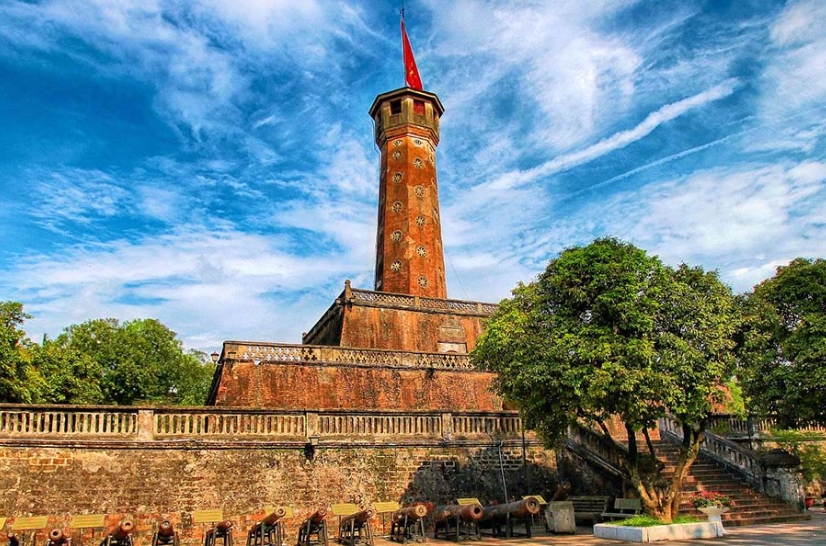
The Hanoi Flag Tower is the symbol of the country’s independence and unity
The Hanoi Flag Tower stands 33.4 meters tall, the tower was originally used as an observation post and signal tower to help defend the city.
Made of brick and stone, the tower has three platforms and a seven-story tower with a spiral staircase. The Vietnamese national flag has flown at the top since 1945, symbolizing the country’s independence and unity.
Therefore, the Hanoi Flag Tower is a key symbol of Vietnam’s national pride and a popular tourist attraction. Visitors come to see the historic structure and learn about its role in the country’s history. The tower also serves as a backdrop for cultural events and celebrations, especially on national holidays.
2.4 Kinh Thien Palace
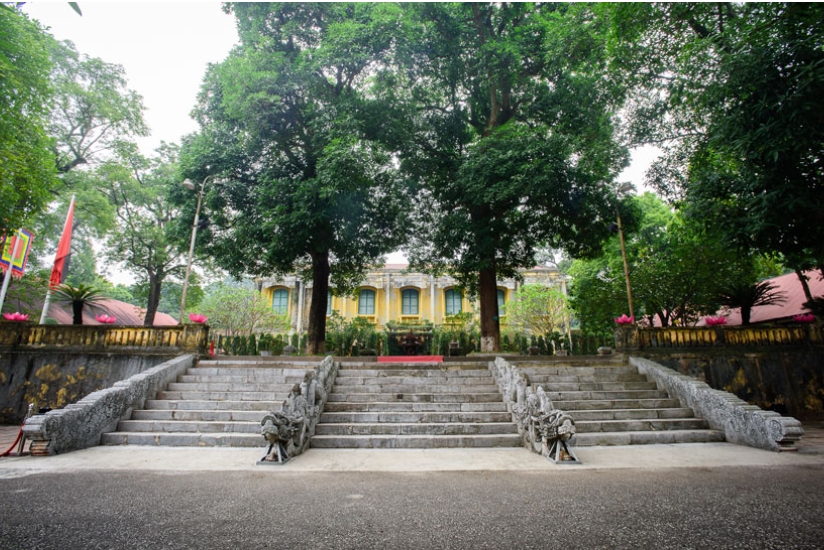
Kinh Thien Palace served as the main royal residence and important ceremonies
Kinh Thien Palace served as the main royal residence and the site of important ceremonies, such as coronations and state meetings. The palace was originally a grand wooden building, known for its intricate carvings and elegant design.
Although much of it was destroyed over time, especially during the French colonial period, some remnants, like the large stone steps and detailed dragon carvings, still remain. These surviving elements highlight the palace’s historical importance and craftsmanship.
2.5 Lady Pavilion
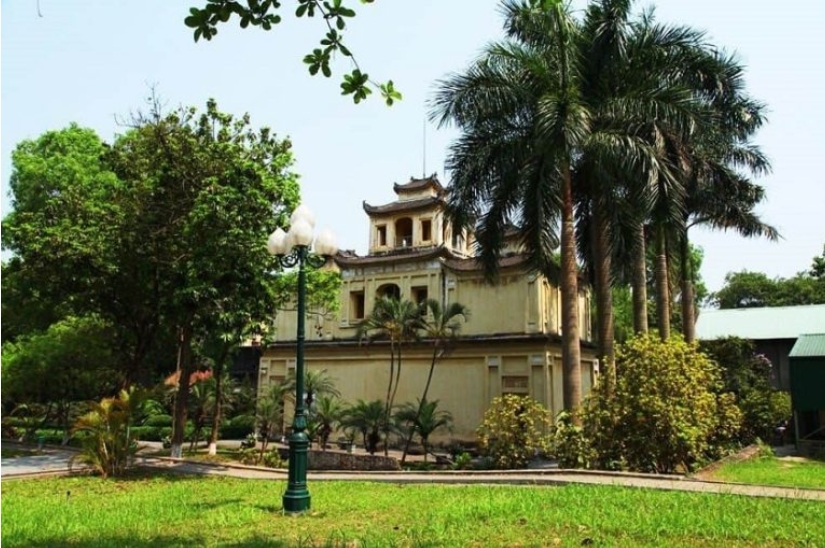
This is a place for relaxation and contemplation by the emperor
The Lady Pavilion is renowned for its unique and elegant design, which includes a distinctive hexagonal shape with a tiled roof and intricate carvings.
Originally constructed as a place for relaxation and contemplation by the emperor and his court. The Lady Pavilion stands out for its delicate wooden columns and detailed ornamental decorations, reflecting the craftsmanship of the Ly Dynasty.
The pavilion is also notable for its serene setting, surrounded by gardens and water features, making it a peaceful retreat within the bustling citadel.
2.6 D67 Revolutionary House
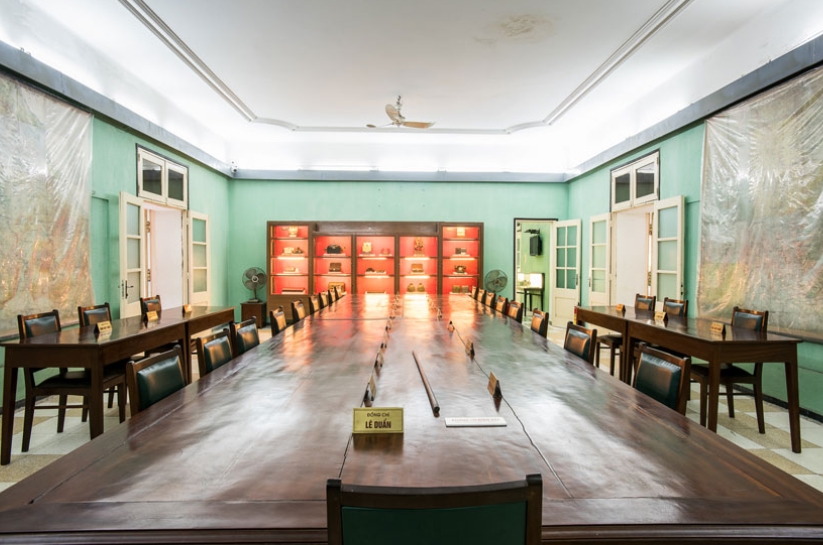
These days, the D67 Revolutionary House is preserved as a museum
The D67 Revolutionary House served as the headquarters of the Vietnamese government during the Vietnam War.
It played a crucial role as the center for revolutionary activities and strategic planning, housing key government officials and military leaders. The building is known for its simple, functional design, which reflects the urgent and practical needs of the time.
These days, the D67 Revolutionary House is preserved as a museum, offering visitors a glimpse into Vietnam’s wartime history and the resilience of its leadership. The site stands as a symbol of the country’s struggle for independence and the pivotal moments that shaped modern Vietnam.
2.7 Archaeological sites
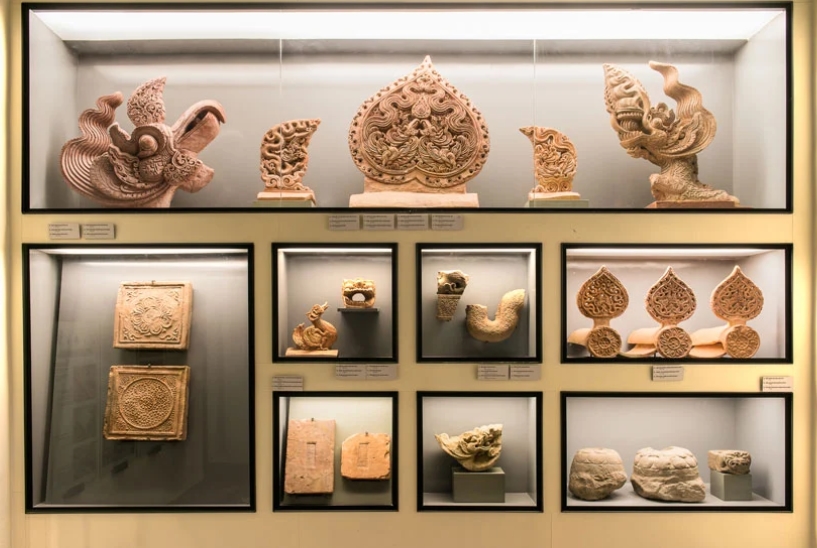
There is a range of architectural remains and artifacts that span more than 1300 years
The archaeological sites have uncovered a wealth of artifacts, including pottery, tools, and inscriptions that date back to various dynasties.
In this area, archaeologists have discovered a range of architectural remains and artifacts that span more than 1300 years. These findings reflect a continuous historical development, starting from the Dai La Dynasty (7th – 9th centuries) and extending through to the Nguyen Dynasty (1802-1945). This extensive historical layer adds significant value and uniqueness to the artifacts found here.
III. Extra notes and activities in Imperial Citadel of Thang Long
3.1 Suggested tours and activities
– Guided Tours: Take a guided tour to gain a deeper understanding of the citadel’s history and significance. Guides provide detailed explanations of the major landmarks, including the Hanoi Flag Tower, Kinh Thien Palace, and the archaeological sites.
– Museum Visits: Explore the Hanoi Military Museum, which houses military artifacts and exhibits related to the history of the citadel and Vietnam’s military heritage. The museum is located within the citadel grounds and includes displays of weapons, uniforms, and historical documents.
– Historical Reenactments: Attend historical reenactments and cultural performances that are occasionally held at the citadel. These events offer an immersive experience of Vietnam’s royal past and traditional customs.
– Cultural Workshops: Participate in workshops that may be offered, such as traditional Vietnamese craft-making, calligraphy, or cooking classes. These activities offer a hands-on approach to understanding Vietnamese culture and history.
→ Discover the full SJourney itinerary from Hanoi to Ho Chi Minh City, with unique stops along the way HERE
3.2 Opening hours and entrance fees
– Opening Hours: from 8:00 AM to 5:00 PM daily, including weekends and public holidays.
– Entrance Fees: approximately 30,000 VND (Vietnamese Dong) for adults. Additional fees may apply for access to certain areas or activities, such as guided tours or museum exhibits.
It’s a good idea to check the official website or contact the citadel’s visitor information center for the most current details on opening hours and fees before your visit.
IV. To sum up
The Imperial Citadel of Thang Long offers a captivating look into Vietnam’s royal and revolutionary history. Its preserved structures and artifacts provide a deep historical insight, making it a must-visit for anyone interested in Vietnam’s past.
SEE MORE:
Vietnam Luxury Train – The Ultimate Experience For All Tourists
Discover the World’s Best: Top 30 Luxury Trains
